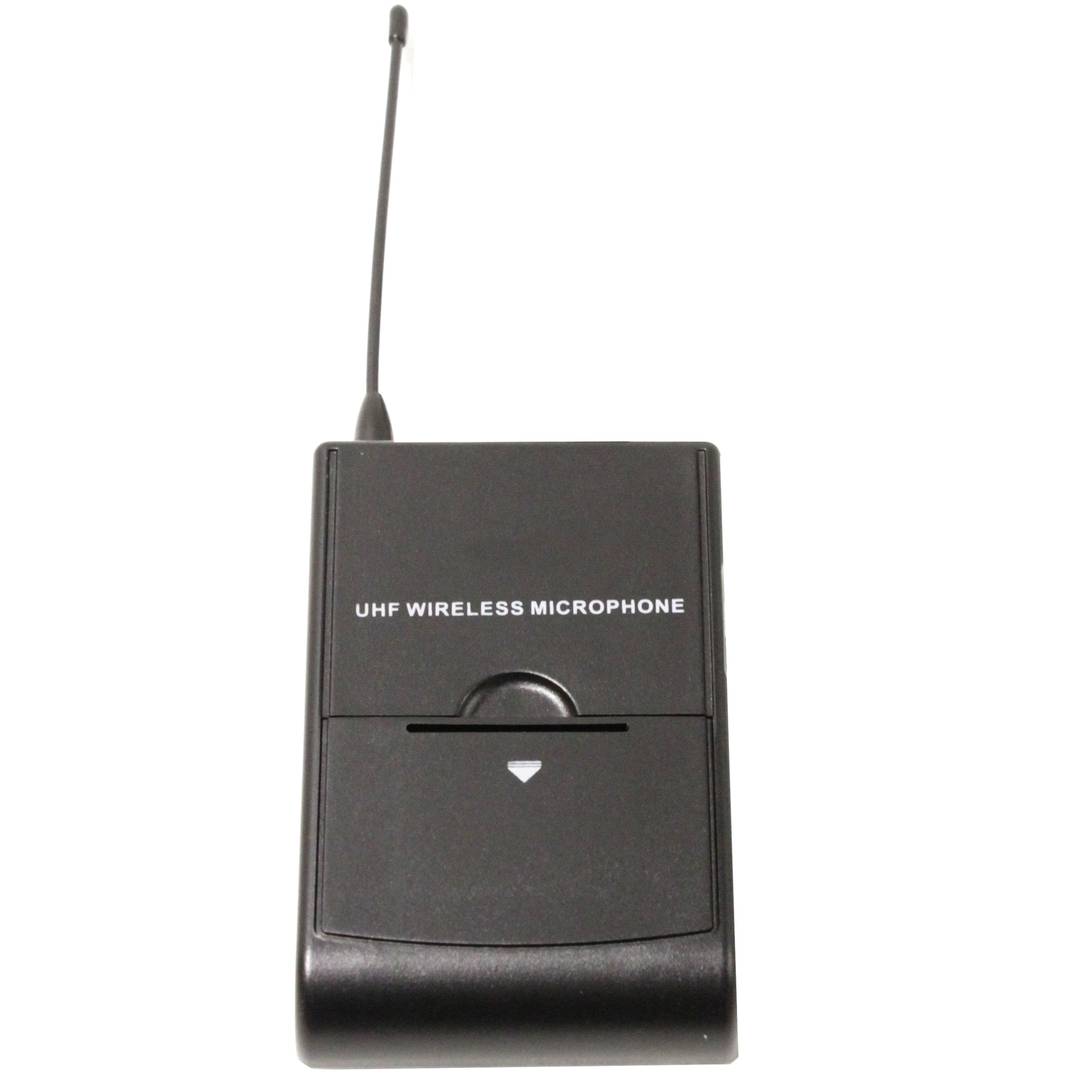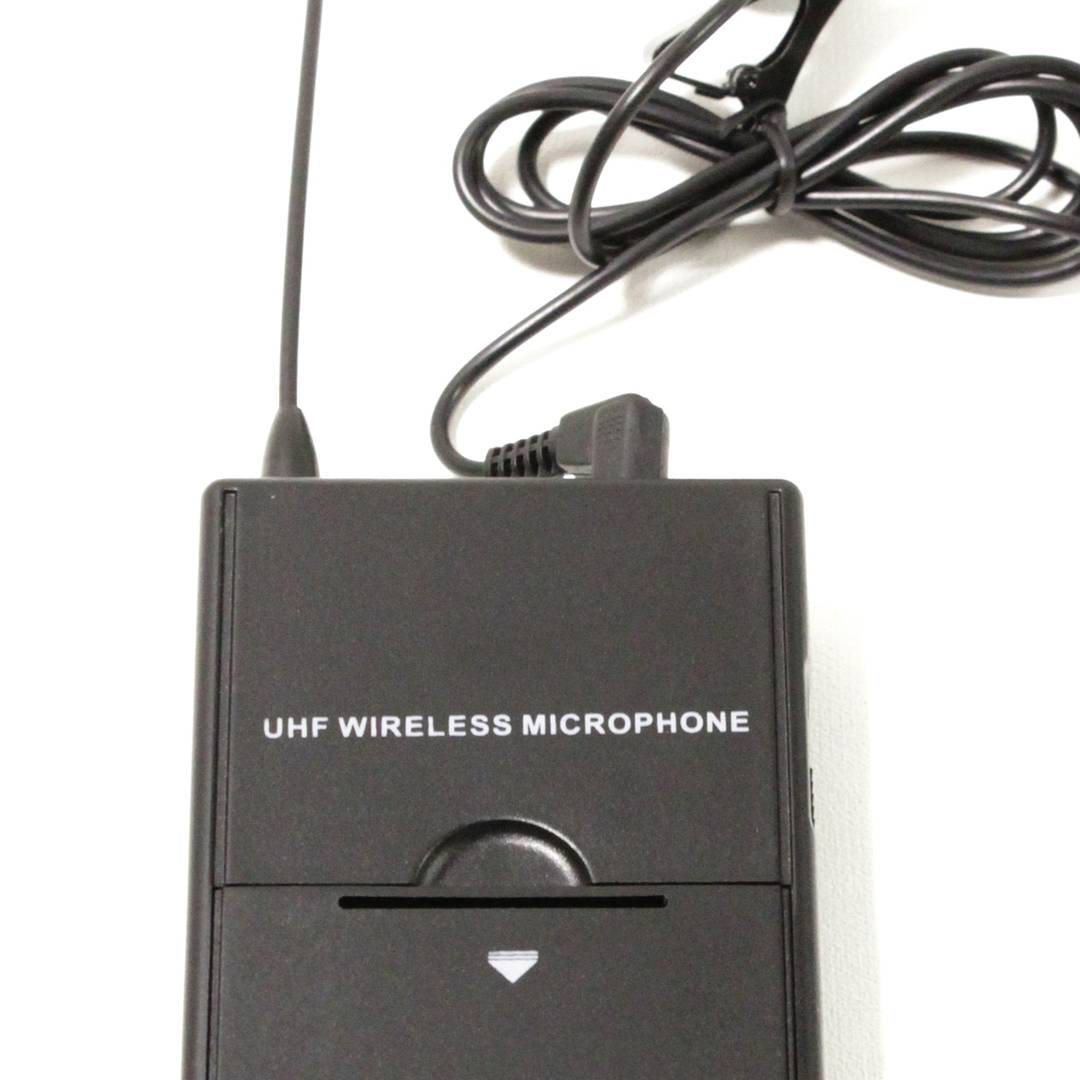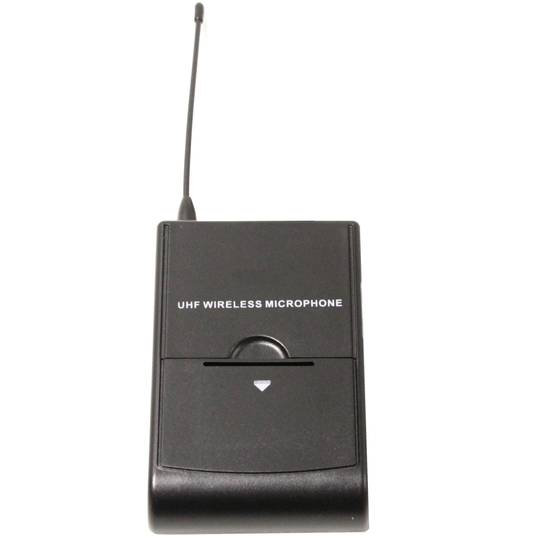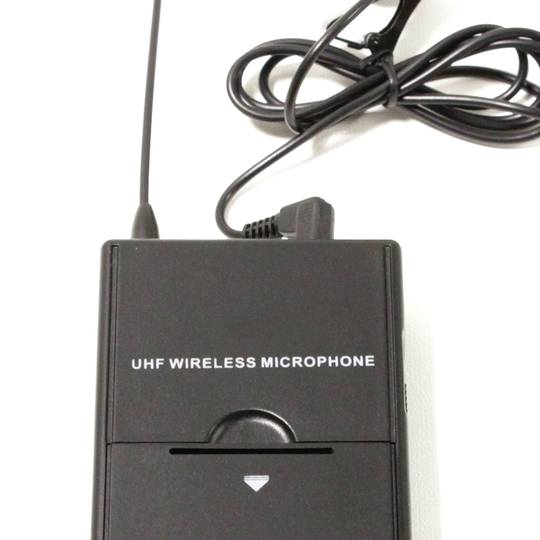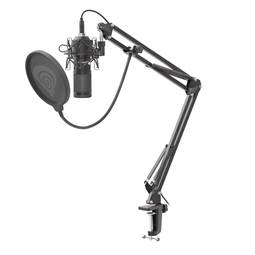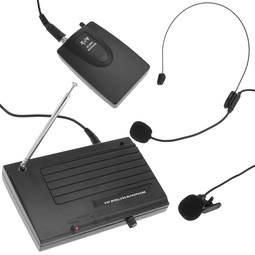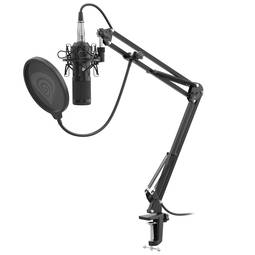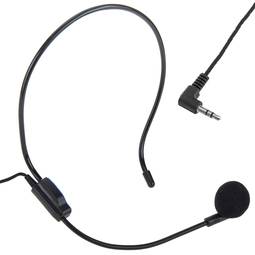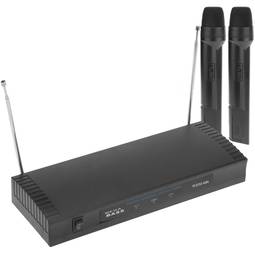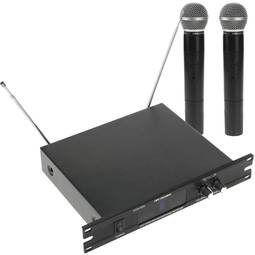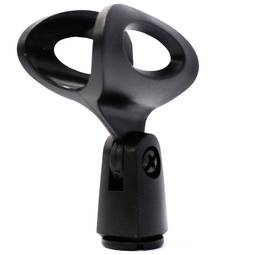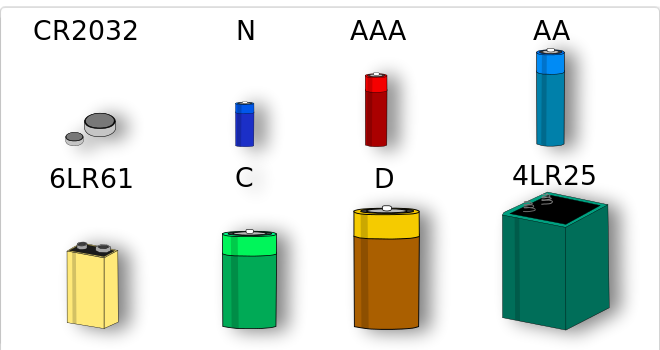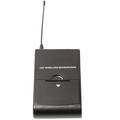05/05/2024 8:54 a.m.
https://cablematic.com/en/products/wireless-beltpack-microphone-uhf-600-920-mhz-group-g3-XW036/
https://cablematic.com/en/products/wireless-beltpack-microphone-uhf-600-920-mhz-group-g3-XW036/
PVP
€13.37
€2.41
Price including VAT:
€2.41
PVD
€11.75
€2.12
PVP: Retail price.
Check conditions.
PVP: Sale price to distributors.
Check conditions.
warranty
returns
OUTLET
We will notify you when it is back in stock.
Specifications
- Operates in UHF of rank 750-774.75 MHz group G3.
- RF power output: 15 mW.
- Sound dunreal
- Response frequency: 50 Hz to 15 kHz.
- Antenna incorporated inside the microphone.
Keywords
Did not find what you were looking for? These topic could help you
More info
Headset-type microphones for the professional system of wireless microphones with transmission in the UHF band. Microphone designed to be used in conjunction with a UHF receiver of wireless microphones. Model that consists of two parts: an earphone and a pouch.
Specifications microphone
Specifications microphone
- Operates in UHF of rank 750-774.75 MHz group G3.
- RF power output: 15 mW.
- Sound dunreal
- Response frequency: 50 Hz to 15 kHz.
- Antenna incorporated inside the microphone.
- It works with 2 AA batteries of 1.5 VDC (not included).
- Size of the pouch: 95 x 60 x 32 mm.
- Weight: 320 g.
- It has ON/OFF, UP and DOWN buttons.
- LCD viewer.
- Consumption: 35 mA.
- No microphone is included.
- Gross Weight: 90 g
- Number of packages: 1
Technical terms
- Hz
- UHF
- UHF band
- VDC
- Types of batteries
Hz
One hertz is one cycle per second, meaning repeating cycle as an event. For example, hertz is applied physics measuring the number of times for a second wave (either acoustic or electromagnetic) is repeated or can be applied, among other uses, to ocean waves that reach the Beach vibrations per second or a solid. The quantity that measures the frequency hertz is called,in this regard, the inverse of the period. One hertz is an oscillation frequency of suffering a particle over a period of one second.


